When Disney fans think of an ominous house on a hill that has more local legends to tell than a historical reenactment society, they usually think of something like the Haunted Mansion in Disneyland’s New Orleans Square that opened 50 years ago or the one in Walt Disney World’s Liberty Square.

These houses may just look like carefully crafted decorative facades for one of the greatest dark rides in the history of the theme park industry. However, the inspiration for these spooky fronts came from some very real houses, some of which have haunting histories of their own.
Sauer Castle in Kansas City, Kansas
One of the earliest inspirations for the Haunted Mansion attraction concept came long before Walt Disney ever had the idea for his groundbreaking Disneyland theme park.

According to the book “The Unauthorized Story of Walt Disney’s Haunted Mansion” by Jeff Baham, part of the legend of the Haunted Mansion goes back to Disney’s early days in Kansas City, Missouri. Disney returned to Missouri after serving with the International Red Cross in France during World War I at the age of 19 to pursue his dream of being an artist. He spent a lot of time at movie theaters for inspiration where his childhood friend Gus Eyssell worked as a manager. Eysell’s grandmother Marie Sauer was the widow of local magnate Anton Sauer, who built an Italianate villa-style mansion with a massive tower in the middle that sat on top of a tall bluff in 1871. The towering home became known by community members as the Sauer Castle.
Myths of all kinds swirled around the house and the neighborhood that surrounded it. Stories surfaced that the foreboding rich family’s home had treasure buried within its walls and hidden tunnels underneath it. Four people were known to have died in the house and stories of ghostly apparitions followed each one of them. The infamous myths about the house’s haunted activity attracted ghost hunters and other curious folks who trespassed on the property to confirm the spirits’ presence causing further damage to the crumbling historic home. According to AtlasObscura.com, Sauer Castle now has a private owner who is renovating it and has hired private security to keep people from illegally exploring the house.
The Shipley-Lydecker House in Baltimore
The most famous inspiration for Disney’s first Haunted Mansion attraction in Anaheim doesn’t come from New Orleans, even if it looks like a classic Antebellum style mansion that would fit right at home in the Crescent City’s historic home district.
The Shipley-Lydecker House was located in Baltimore, Maryland. It looks like an almost photographic copy of Disneyland’s Haunted Mansion. The non-profit group Preservation Maryland says that Disney Imagineer Ken Anderson came across a photograph of the historic home in a book titled “Decorative Art of Victoria’s Era” and thought it would make the perfect model for Disney’s haunted ride.
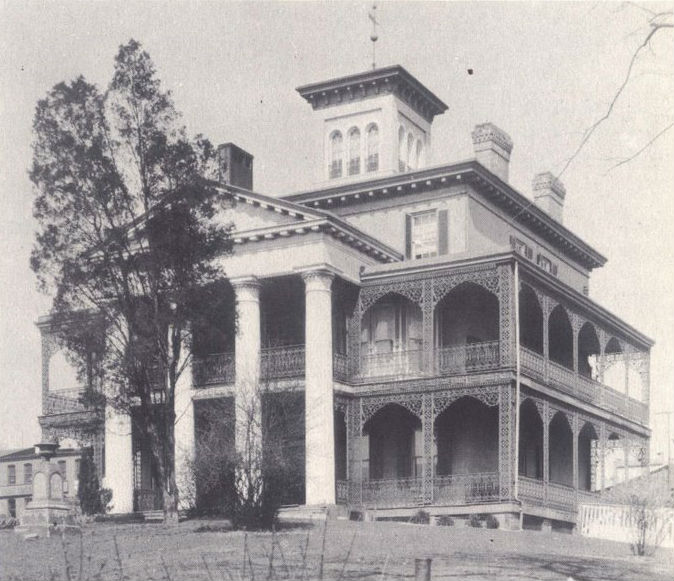
The Shipley-Lydecker House was built in 1803 by Charles Shipley as a three-story, square, brick house with four two-story columns in the front, a gilded weathervane and round-arch windows. The house was sold to Philip Lydecker more than a century later. Lydecker added iron grillwork balconies before Anderson discovered it and Disney built a model of it as the facade for the Disneyland attraction. The Shipley-Lydecker house was demolished in 1967, but its legend as one of the most bizarre and out of place structures in the city gave strength to its legacy long after its destruction.
Haunted Mansion -- DLR
The Winchester Mystery House in San Jose
During the development of the Haunted Mansion, Disney and his design team originally planned it as a walk-through attraction and researched other historic homes that gave public tours to find ways to move groups through their attraction on foot. Their research led them to one of the most infamous haunted places in American history.

The famed Winchester Mystery House in San Jose, California, is a massive 24,000-square-foot mansion that was in continuous construction and renovation from 1886 to 1922. According to the house’s official website, the home’s eccentric owner was Sarah Lockwood Pardee Winchester, the widow of William Winchester, who invented and sold the Winchester rifle that became “the gun that won the West.” Winchester continuously added rooms, staircases, hallways, windows and other features to a simple eight-room farmhouse for some bizarre, unknown reason that Sarah took to her grave.
The legends surrounding the house claim that Sarah was told by a psychic that the undead souls who died because of her family’s infamous rifle were coming back to kill her and she needed to build a confusing home with stairs that went into walls and second-floor doors that opened to the outside with no balcony so the ghosts couldn’t find her. Other legends claim she was ashamed of her husband’s fortune and wanted to cut herself off from the world as much as possible by building a massive, confusing house she could hide in from the public.
Disney Imagineer and animator Rolly Crump said in Baham’s book that Disney and his designers took a trip to the Winchester house in the years leading up to Disneyland’s opening to see how they handled tours and shuffled them through the house in a timely manor to prevent overcrowding.
San Simeon’s Hearst Castle in San Luis Obispo County, California
As Disney and his team studied how to handle public house tours for their haunted attraction, their search also brought them to the storied home of publishing magnate and yellow journalism creator William Randolph Hearst.
Industrialist George Hearst bought the 40,000 acres of land in San Luis Obispo in the 1860s. William inherited the land following the death of his mother in 1919 and used his family fortune and the money he made from his high profile newspaper publishing empire to build Hearst Castle, a venture that took just under 30 years. William’s rampant spending on art and his castle left him with mounting financial problems and construction ceased.
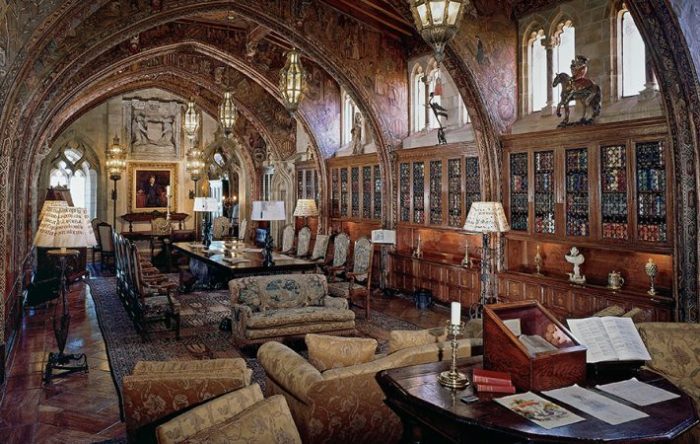
Since then, the Hearst family donated large patches of the land for public use and the castle offers public tours of William Hearst’s massive home. Disney took the tour to research ideas about crowd control for his walk-through haunted attraction. Eventually, though, Disney was forced to abandon the idea and install a people-mover mechanism that would take people through the mansion faster, which became known as the iconic “Doombuggies.”
Haunted Mansion
Harry Packer Mansion in Jim Thorpe, Pennsylvania
Disney’s earliest plans for a full resort theme park in Orlando, Florida, included a second Haunted Mansion, but instead of simply copying the look and style of his Disneyland ride, designers were inspired by this famous house and its signature Dutch style.

The Harry Packer Mansion was built by his wife Asa in 1874 on the fortune he accumulated while running the lucrative Lehigh Valley Railroad. Disney’s Imagineers looked to the house for its new Haunted Mansion in the Magic Kingdom. The foreboding, Gothic look of the Pennsylvania mansion served as the perfect facade for the haunted ride as it looks over guests waiting to enter it. These days, the Pennsylvania mansion is used as a bed and breakfast that hosts its own spooky attraction with a nightly murder mystery experience.
Did you know about these Haunted Mansion inspirations? Did any really surprise you? Let us know in the comments.
EVERY Ghost In Disney’s Haunted Mansion And Their Story
Are you a Haunted Mansion fan? Don't miss our other posts on this classic Disney attraction!
Be sure to follow @allearsnet on Instagram and Twitter!
Check out our YouTube Channel for reviews, news, information and more!
Click below to subscribe to the AllEars® newsletter so you don’t miss any of the latest Disney news!


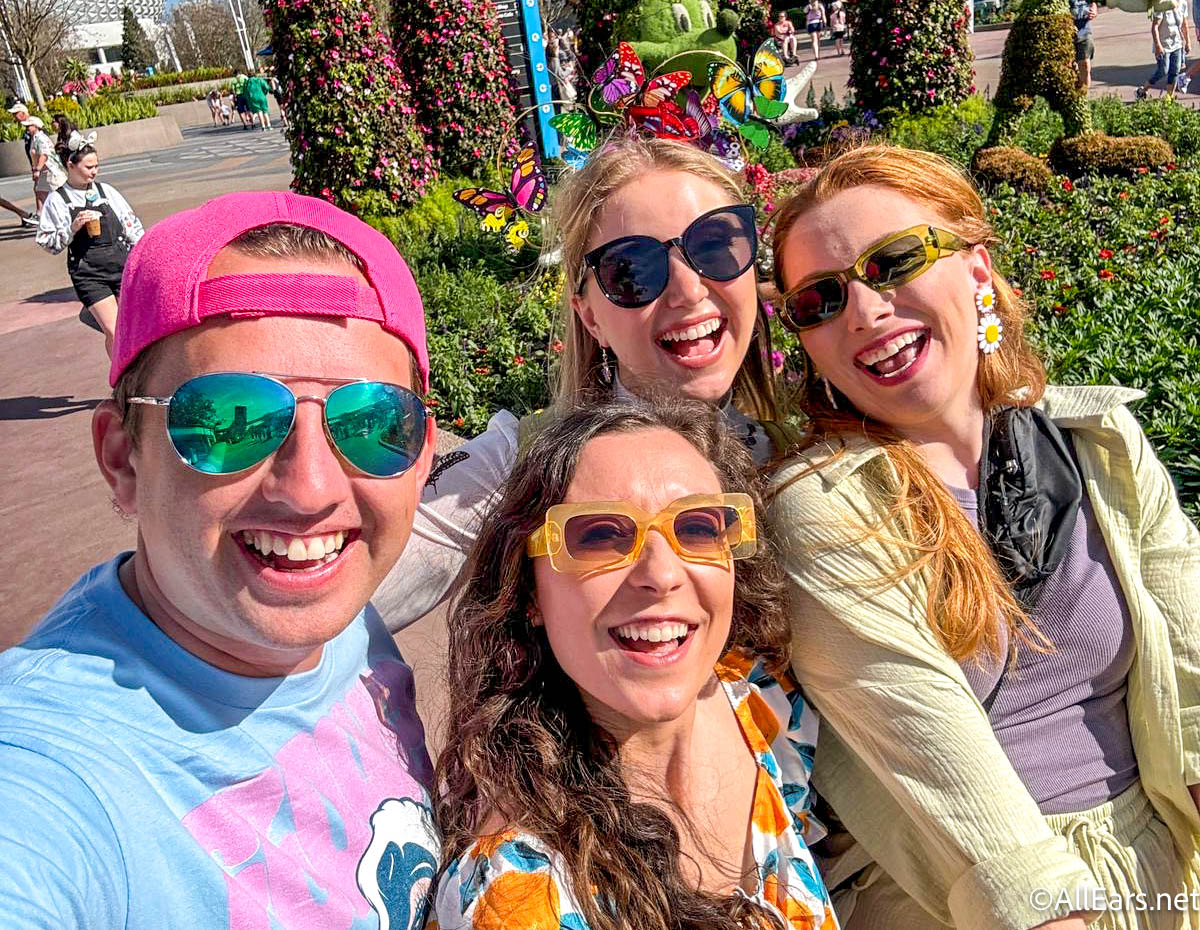
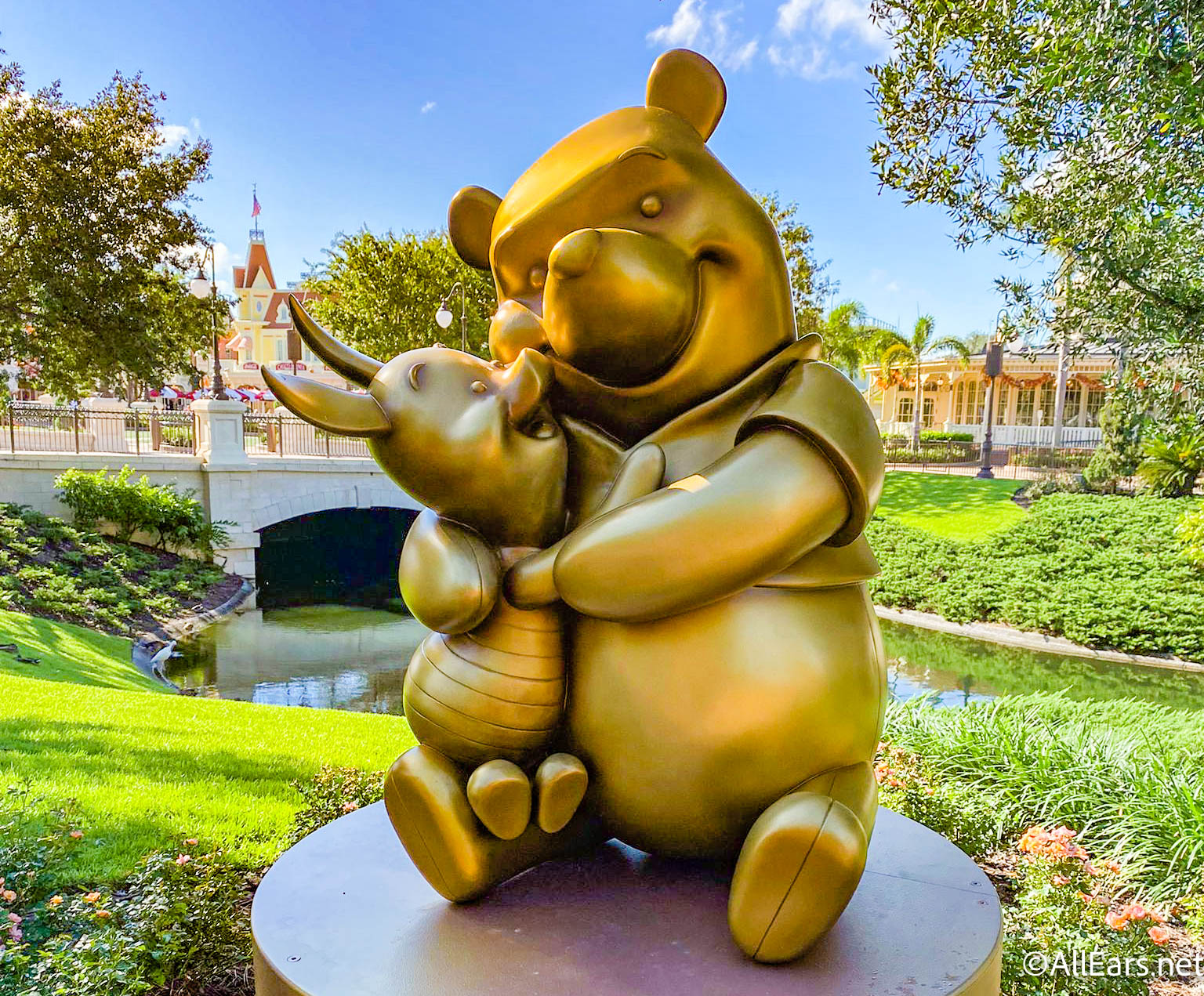
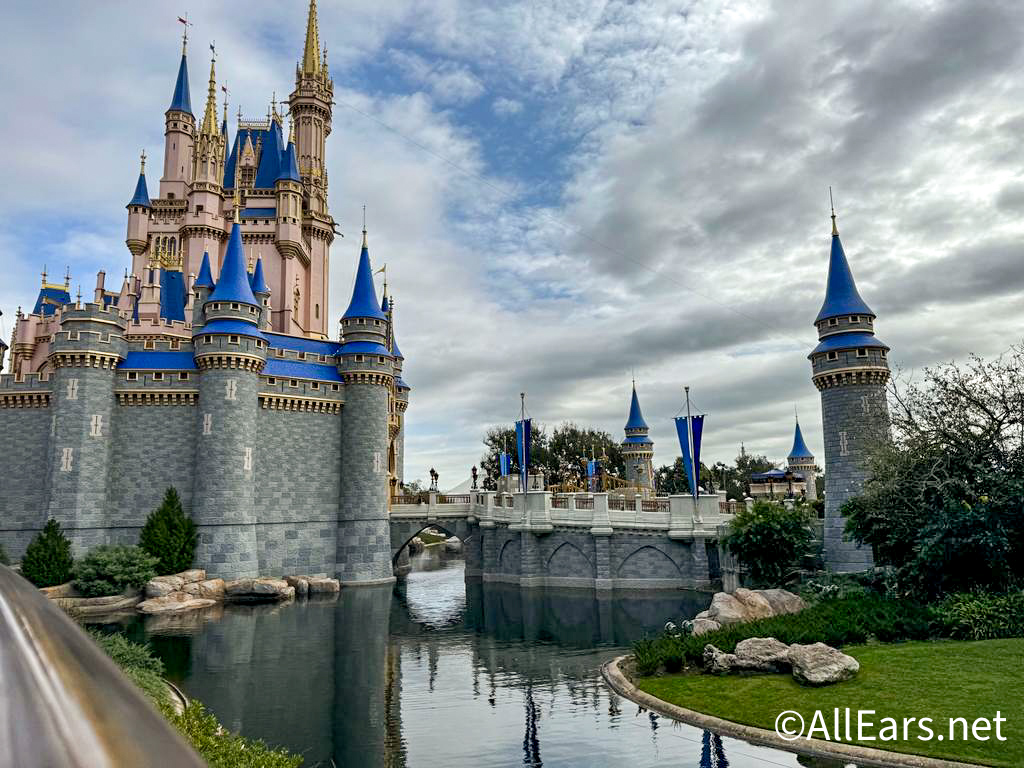
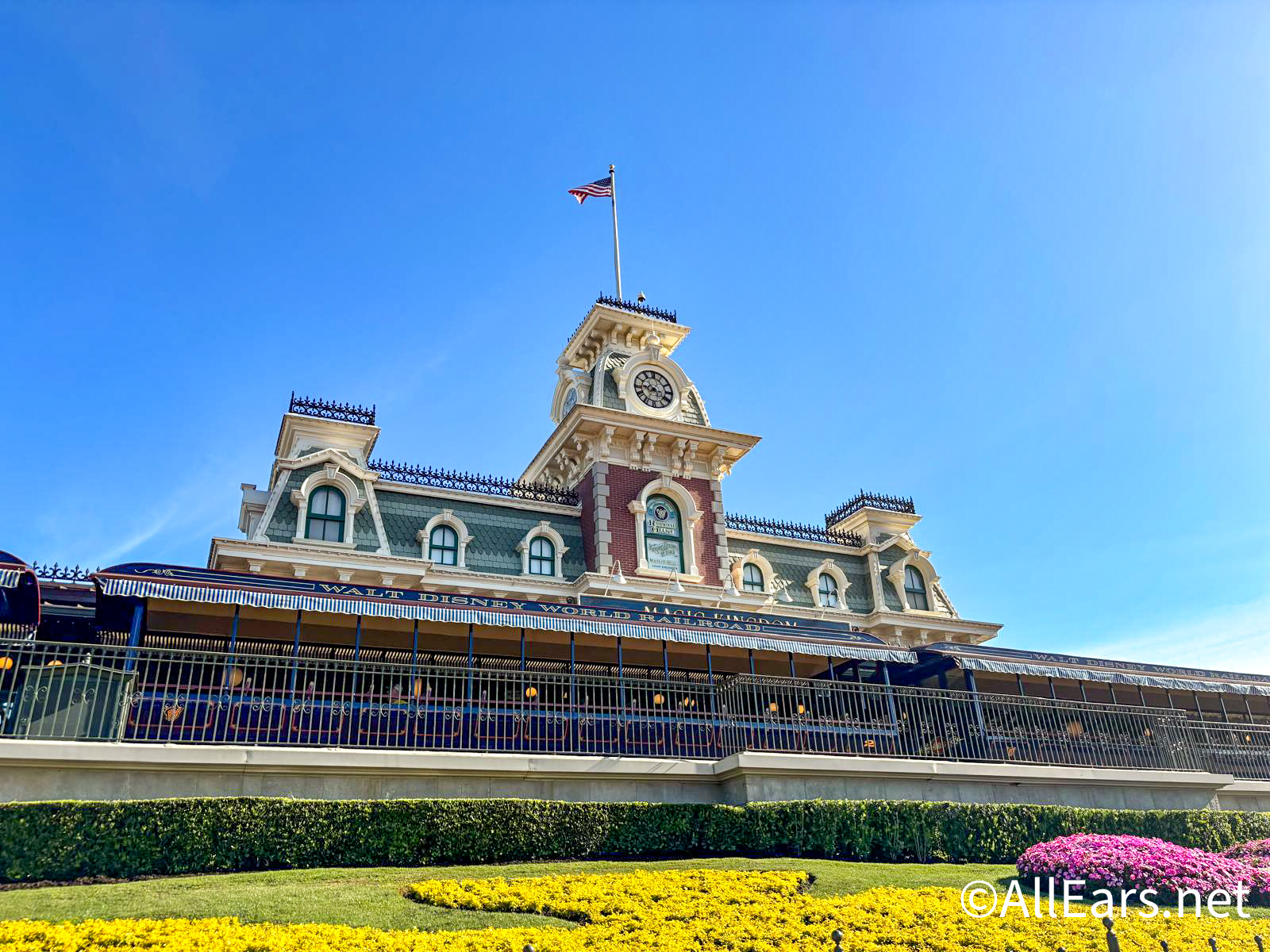


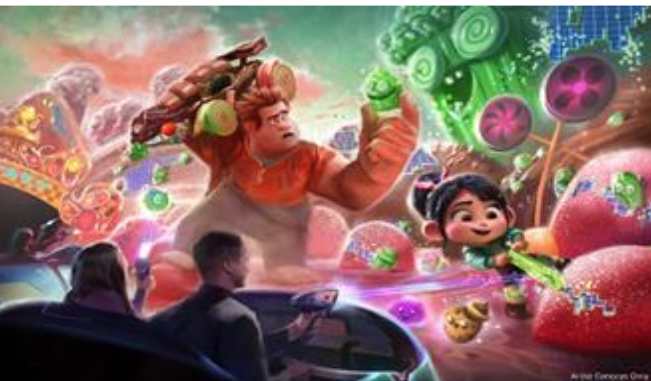
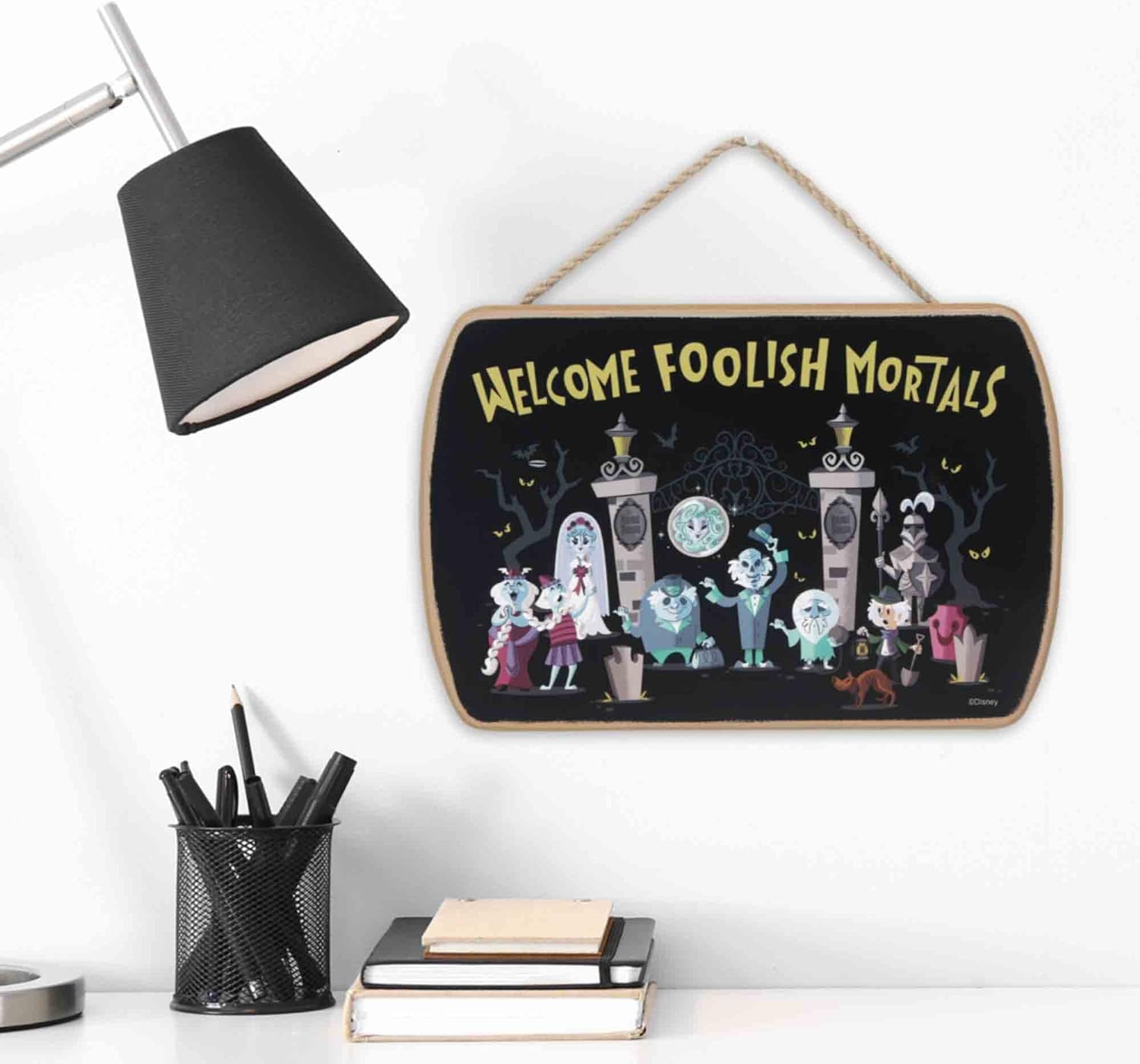
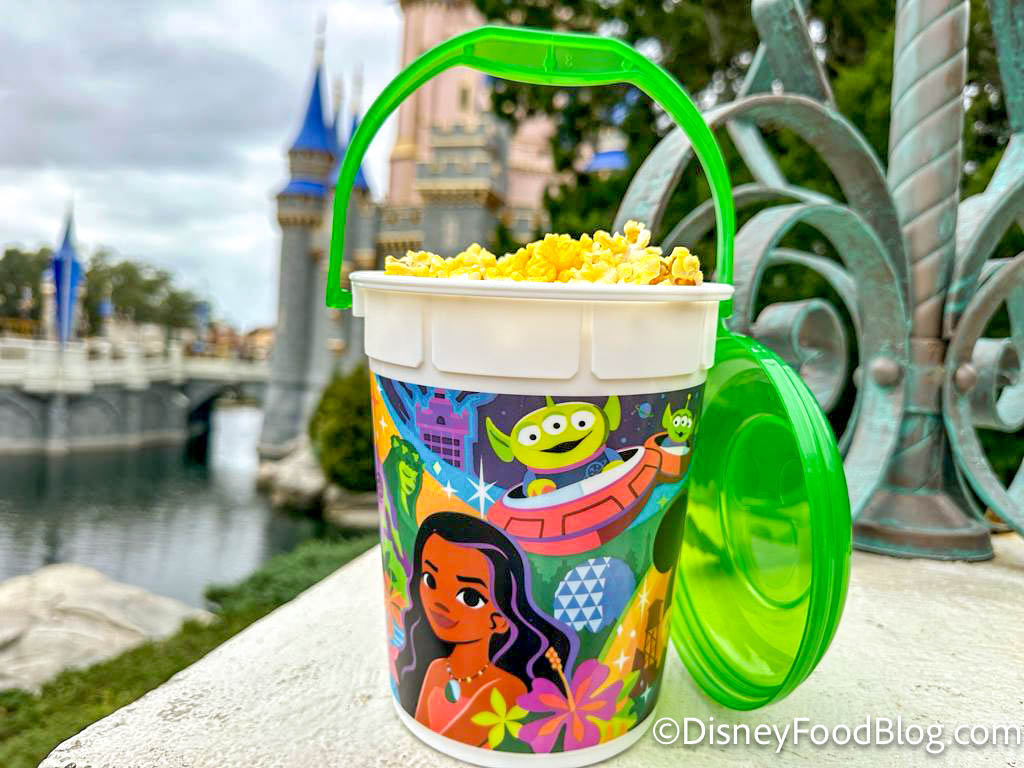


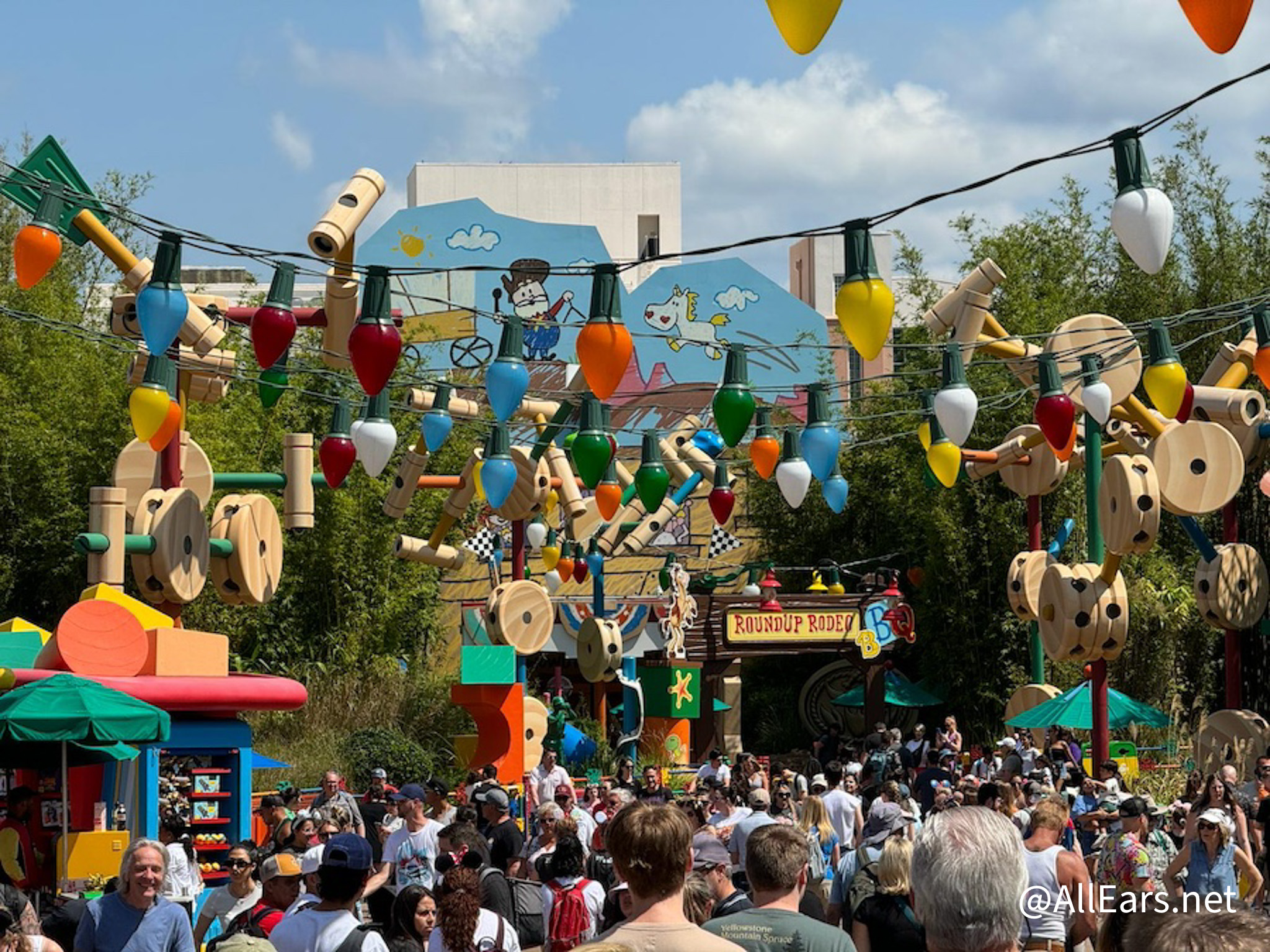
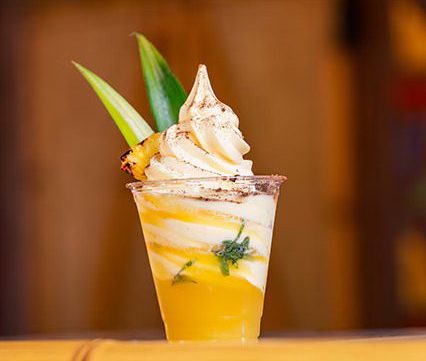
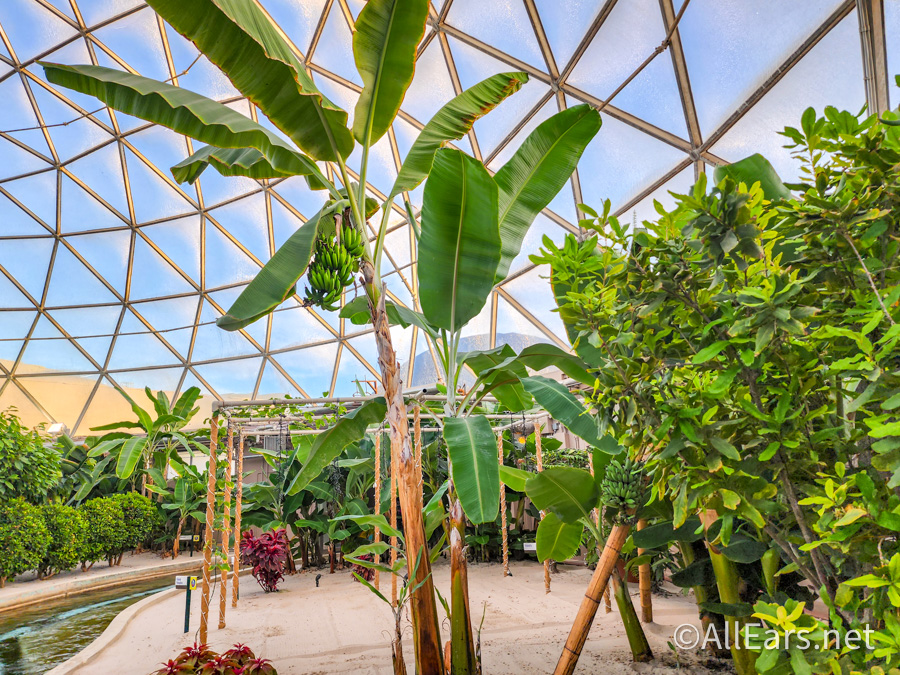




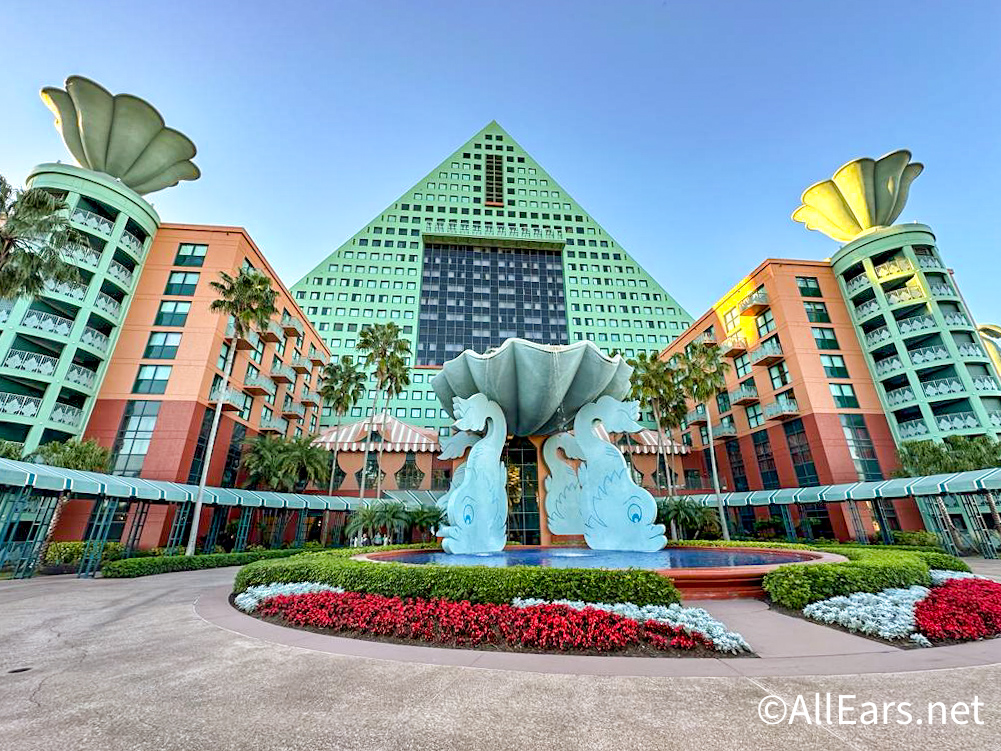


CORRECTION:
This is a great article, but the Shipley-Lydecker Mansion (actually the Carroll-Lydecker-Shipley Mansion) which inspired Ken Anderson who inspired Sam McKim who inspired Walt Disney;s approval for the facade of the Disneyland Haunted Mansion was not built by my cousin Charles Shipley (he came much later). It was actually built by my cousin Nicholas MacCubbin Carroll in 1803 as a wedding gift for his daughter Ann Carroll and her husband William T.T. Mason.
Nicholas was the nephew of Charles Carroll II Esq. who was the father of Rep. Charles Carroll III who signed the Declaration of Independence for Maryland.
The house passed from the Carrolls to our Lydecker cousins and our Shipley cousins (you may have heard of our famous cousin Imogen Shipley Cunningham, the granddaughter of the Mansion owner … Wikipedia her) who then sold the mansion to the VFW as a memorial site for deceased vets.
But the area, later called “Shipley Hill”, where the mansion was located (2554 McHenry Street, Baltimore) quickly devolved into a poverty & crime stricken neighborhood and the mansion was torn down to make way for housing projects.
-Bell Cay, president, HAUNTED MANSION FAN CLUBtm
There is a home in the Garden District of New Orleans called the Carroll-Crawford House. It is 1315 First Street and I hear tour guides say it was the inspiration for the ride – but I know it isn’t. BUT if you do get a chance to look it up you can see why. The Rides have it in looking like it is in the Bayou of Lower Louisiana (La Fouche)but there is no house like that there.
Actually I would even say Jacobeathan. Architecture is an interest of mine. WDW Haunted Mansion most closely resembles Harlaxton Manor in Lincolnshire England. The neighbourhood I live in in Canada has several Jacobean revival mansions. They have that gothic element to them. They are not as uncommon as people might thing. There was a heavy presence of Scottish and English settlers in Canada and The US around the mid 19th century.
Packer Mansion is more of a French Second Empire with Italianate influences. Dutch colonial style architecture is more utilitarian and less embellished than these particular styles. Which makes me wonder why they said it was a Dutch gothic mansion.
Packer Mansion is Second Empire with Italianate influences
The Disney World Mansion is Jacobean -Gothic Revival.
No Dutch colonial architecture there.
Jacobean revival is actually fairly common in this time period if it was supposed to be vacant from the 1800s or 1700s.
It appears that the image of the Packer Mansion,as labeled in the post, is neither Asa’s or Harry’s. It’s the actual Orlando Haunted Mansion. Also, in the text for the Sauer Castle – Walt returned home after WW1,not WW2.
We corrected the post. Thanks for spotting that!
Sorry Joe your wrong the Packer Mansion photo in the article is absolutely the Harry Packer`s Mansion in Jim Thorpe Pa….built in 1874 as a wedding gift from his Father Asa….it has been beautifully and lovingly restored by the current owners and the Best Happy Hour Venu in this charming Victorian town. I grew up in the area and HPM is a must visit everytime I’m in town…
Dear Danny, A little correction is needed in regards to the Asa Packer mansion- there are actually 2 mansions in Jim Thorpe, PA. The Asa Packer mansion was built first with the design help of Asa’s wife, Mary Cummings Packer. A few years later Asa’s brother Harry Packer built a home right next door. One of Walt’s original imagineers was a friend of my grandfather and raised in a town not too far from Mauch Chunk, PA (now known as Jim Thorpe, PA). The exterior design for the Disney World Haunted Mansion was actually a combination of both the Asa and Harry Packer mansions.
You are also incorrect about this information. Harry was Asa Packer’s son, not his brother. The mansion was built by Asa a wedding present for his son. You can visit the the official website of the mansion to get the correct information at http://www.murdermansion.com. My family had a vacation home in Jim Thorpe and I still visit both mansions frequently.
“In 1874 this magnificent mansion was built as a wedding gift for Harry Packer by his father Asa. Asa Packer was the founder of Lehigh Valley Railroad and Lehigh University.”